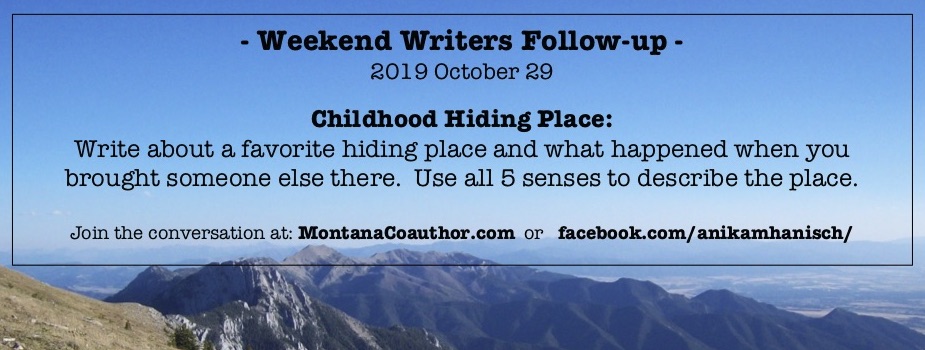From Anika’s sketchbook:
My favorite place in that wooded reserve was along a single-track off the main trail. Just after pedaling across a sturdy plank bridge, I veered right onto the narrow path. The path climbed upward following the stream. Not far into the woods, maybe twenty yards, the trail widened slightly, with enough room to lean my bicycle against a tree and a boulder I could sit on by the water. I could sit and watch the small waterfall here for hours, tossing twigs and maple and birch leaves into the water, watching them tumble down the falls and roll along downstream.
The falls and stream were quite narrow; I could actually leap across them or tightrope walk across a fallen log. The waterfall chute itself was steep, though, and slick on the sides. Jumping across meant risking a twisted or broken ankle, which made this activity exceedingly attractive. I thought of myself as Ronia the Robber’s Daughter, from an Astrid Lindgren book—the girl who often leapt across a chasm in an old castle ruins to practice not being afraid.
This entry dallies a while by the waterfall, then fast-forwards to a moment when I did indeed bring some other people to this hiding place. In my early thirties, several years after I’d moved to Montana, I came home for one of countless visits. My parents and a couple adult siblings and I went for a walk on the old Golden Valley trails…
“I have to show you this place I used to explore as a kid,” I said into the general din that is my family boisterously talking at itself. We crossed the plank bridge, and they followed me onto the foot path. We got to the place where I was sure the waterfall had once been. I was surprised to see only a heavily eroded muddy slant with a sad, milky rivulet coursing down. Beer bottles lined the waterway—if you could call it a waterway.
The sundry family members behind me had carried along in their happy chatter about their dinner plans, and the unseasonably warm autumn, and how this “wildlife reserve” was actually once the city dump. The grassland areas were now known to sweat and purge glass shards every spring.
“Well,” I said, speaking to the mud. “You’re not what you used to be.” Then I turned to my family. “Say guys, never mind about this. It’s just some weird dead end.” Without missing a beat in their conversation, they about-faced and headed back to the main trail.
As I tailed behind my family, I wondered if the waterfall really had eroded into oblivion. Was it that changed? Or had my eyes and ears, now so full of mountain falls and snow melt streams, grown too big in their expectations? Perhaps my new beloved Western landscapes redefined the word “waterfall” in my mind’s eye—perhaps so much so that the modest stream of childhood could never again compete. I’m sure now, the truth is somewhere in between.
Of course, I realized at the end of this little time-travel writing exercise, I’d failed completely in the goal of the prompt: to use all five senses to describe a place. So toward the end of the 15 minutes, I added a few margin notes:
- The smell of fall leaves
- The taste of winter in the air
- The crunch of gravel under my bicycle tires
- The pop of a yellow leaf against the gray-blue water
- The rush of my heart at almost losing my balance when crossing the log
This was, as intended, a fun little warm-up for a longer writing session. On a practical note, I’ll try this exercise again, but in connection with the novel I’m working on. It’s easy to convert this exercise for fiction writing. Simply pose the prompt as an interview question for one of your characters. Then let that character share about THEIR favorite childhood hiding place.
Let me know how this went for you! Share your thoughts in the comments below or join the conversation at my Facebook Author Page: facebook.com/anikamhanisch/

